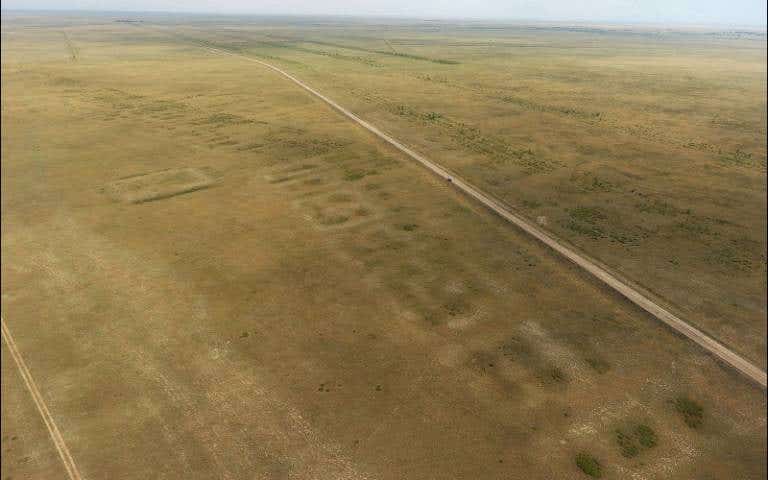For the first time ever, researchers demonstrate quantum teleportation over fiber-optic cables
Scientists are working to send quantum information through existing fiber networks. This shift could save billions in infrastructure costs.

Scientists are working to send quantum information through existing fiber networks. (CREDIT: Adobe Stock Images)
Fiber optic cables have powered global Internet traffic for decades. They carry vast amounts of data each second, connecting billions worldwide. But now, these same fibers are being tapped for a very different purpose—quantum communication.
Scientists are working to send quantum information through existing fiber networks. This shift could save billions in infrastructure costs and speed up the arrival of quantum-powered technologies.
Bridging Quantum and Classical Communication Systems
Unlike regular data, quantum communication sends information through single photons. These photons hold fragile quantum states that are easy to disturb. That makes sharing fiber lines with classical Internet traffic a serious technical challenge.
Classical signals, especially those powered by lasers, flood the fiber with light. This generates a kind of noise called inelastic scattering. One type, known as spontaneous Raman scattering, floods the line with stray photons that can drown out the quantum signals.
Researchers have studied this problem for years. They’ve used weak light sources, entangled photons, and squeezed light to make quantum signals more resilient. Yet most work has focused on sending quantum data directly from one place to another.
But not all quantum applications work that way. Many depend on teleportation—where a quantum state is transferred without physically moving the particle. This trick relies on entanglement, a spooky link between two particles that share a single state no matter how far apart they are.
Quantum teleportation could unlock powerful new tools—like secure messaging, ultra-fast computing links, and distributed quantum processors. Still, no one had proven it could work over busy, Internet-carrying fiber lines.
Related Stories
Rewriting the Rules of Teleportation
That changed with a recent study in Optica. Engineers at Northwestern University successfully teleported quantum data across 30.2 kilometers of standard fiber. At the same time, those fibers carried classical data traffic, just like in a real-world network.
Their setup used three connected nodes. Quantum and classical signals traveled side-by-side but on separate wavelengths. A joint Bell state measurement—performed on a single photon and one from an entangled pair—enabled teleportation without damaging the quantum information.
The team chose their wavelengths carefully. They sent quantum signals in the 1290-nanometer band, away from the high-noise C-band used by classical traffic. Narrow-band filters and coincidence detection helped keep noise low. The result: clean, reliable quantum state transfer—even over an Internet-loaded fiber.
Prem Kumar, the study’s lead author and a professor at Northwestern, emphasized the significance of this achievement. “This is incredibly exciting because nobody thought it was possible,” he said. “Our work shows a path towards next-generation quantum and classical networks sharing a unified fiber optic infrastructure. It opens the door to pushing quantum communications to the next level.”
Testing the System Under Real-World Conditions
To validate their approach, the researchers simulated a real-world network environment. They transmitted quantum data and high-speed Internet traffic simultaneously through the same fiber.
At one end of the 30-kilometer cable, they placed a photon carrying a quantum state. At the other end, they stationed a photon entangled with the first. The quantum state was successfully teleported across the network, demonstrating that quantum and classical communications could coexist without interference.
Jordan Thomas, a Ph.D. candidate at Northwestern and the paper’s first author, explained the teleportation process: “By performing a destructive measurement on two photons—one carrying a quantum state and one entangled with another photon—the quantum state is transferred onto the remaining photon, which can be very far away. Teleportation allows the exchange of information over great distances without requiring the information itself to travel that distance.”
This achievement represents the culmination of years of research into quantum-classical coexistence. It also sets the stage for even more advanced applications, such as entanglement swapping and distributed quantum networks.
Paving the Way for Future Innovations
The implications of this work extend far beyond laboratory experiments. Kumar’s team plans to expand their tests to longer distances and incorporate two pairs of entangled photons to demonstrate entanglement swapping, an essential step for distributed quantum applications. They also aim to transition from spooled fiber in the lab to real-world, underground optical cables, bringing the technology closer to practical implementation.
“Quantum teleportation has the ability to provide quantum connectivity securely between geographically distant nodes,” Kumar said. “But many people have long assumed that nobody would build specialized infrastructure to send particles of light. If we choose the wavelengths properly, we won’t have to build new infrastructure. Classical communications and quantum communications can coexist.”
This coexistence could simplify the rollout of quantum technologies, leveraging existing fiber optic networks to support quantum computing, secure communications, and advanced sensing. Kumar’s optimism reflects a broader vision for integrating quantum systems into everyday technologies, potentially transforming industries from finance to healthcare.
The Northwestern team’s success demonstrates that the future of quantum communication doesn’t require reinventing the wheel. Instead, it offers a seamless integration of cutting-edge science with the infrastructure already in place, heralding a new era of connectivity.
Note: Materials provided above by The Brighter Side of News. Content may be edited for style and length.
Like these kind of feel good stories? Get The Brighter Side of News' newsletter.



